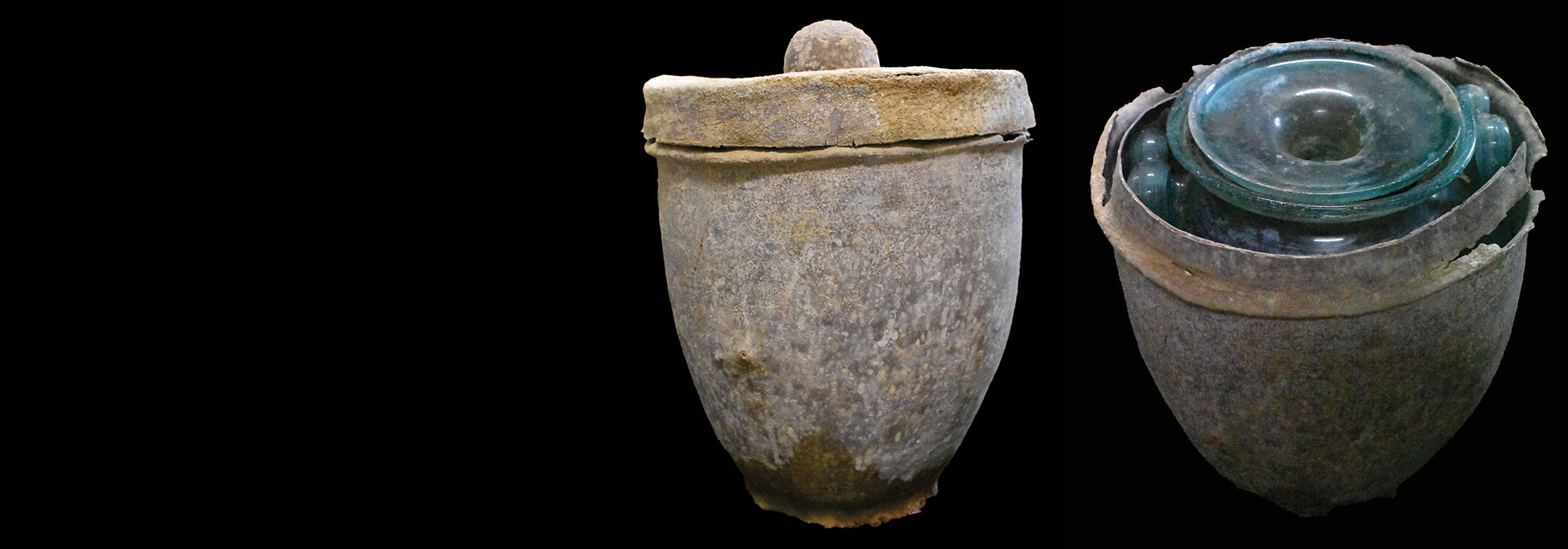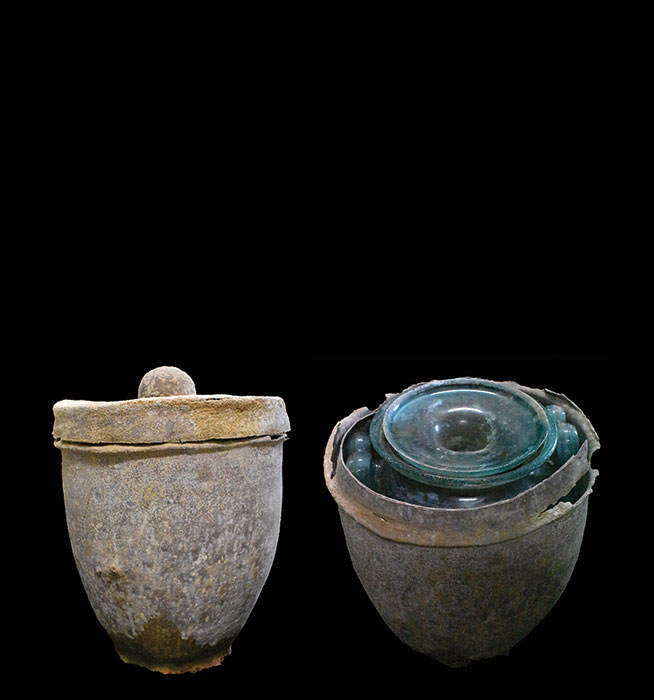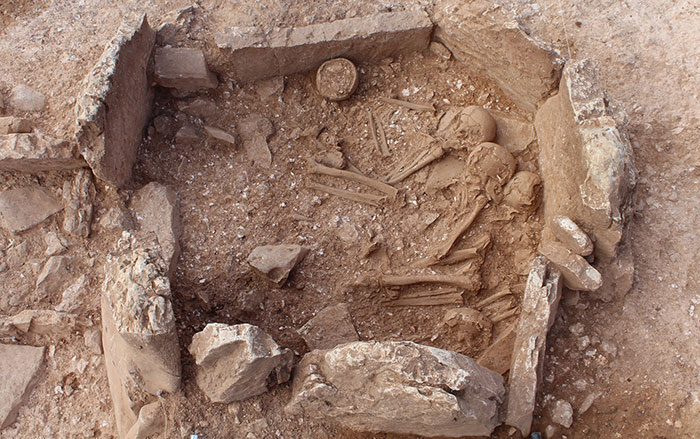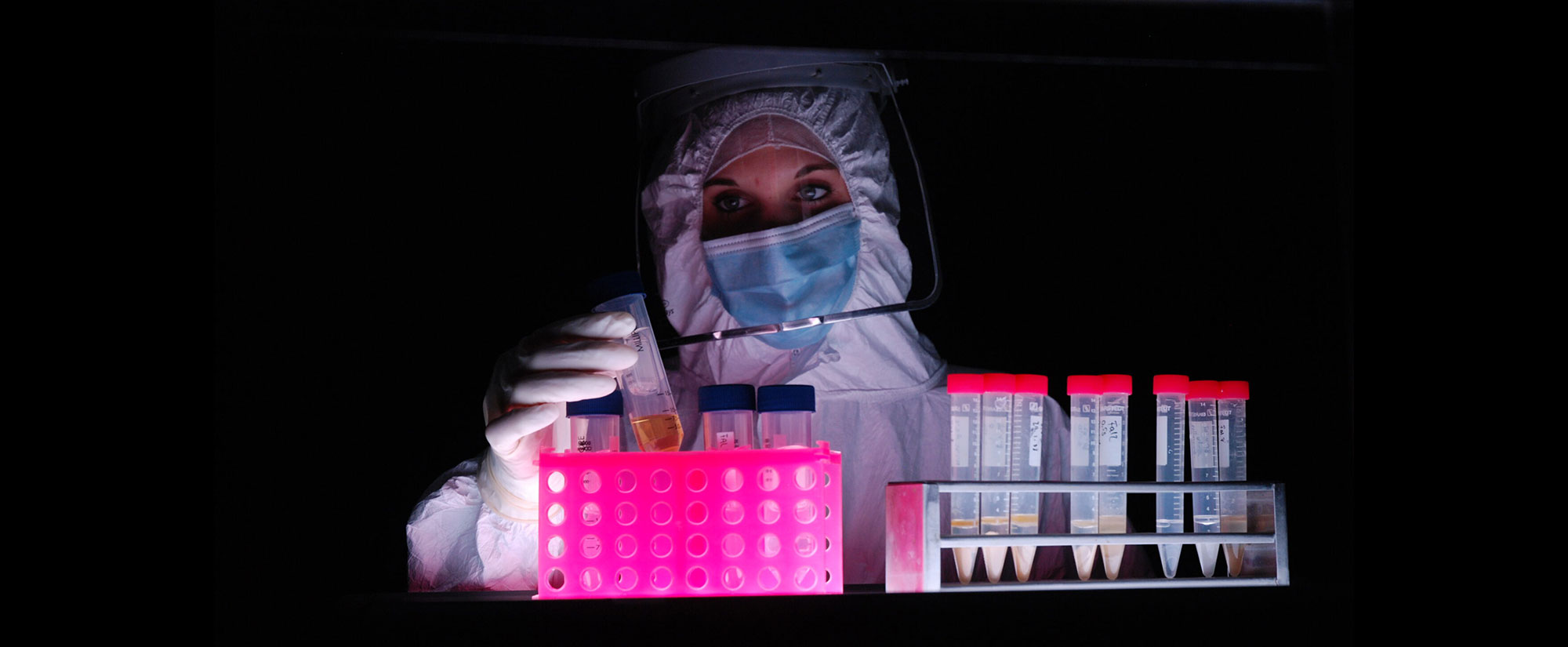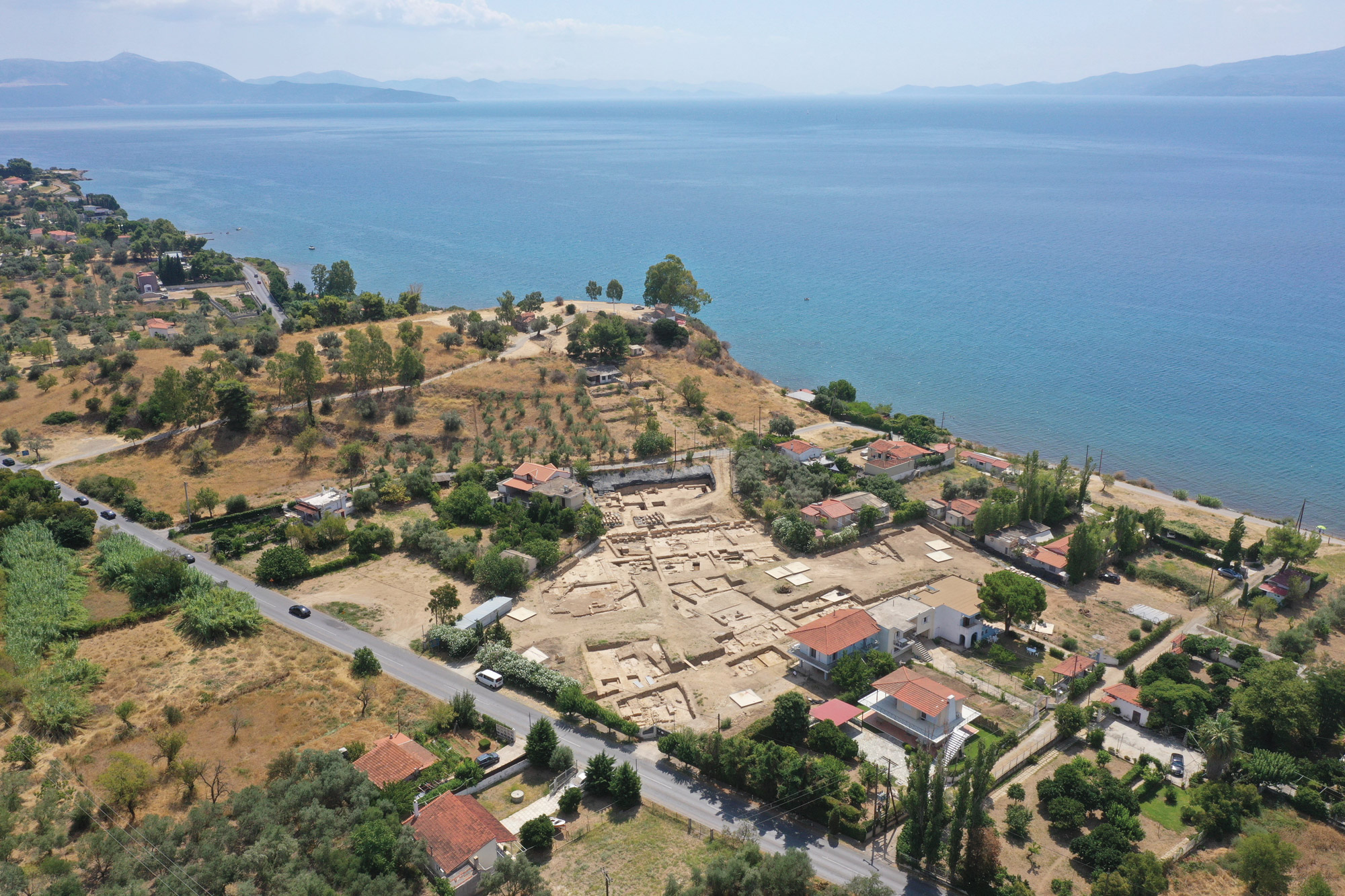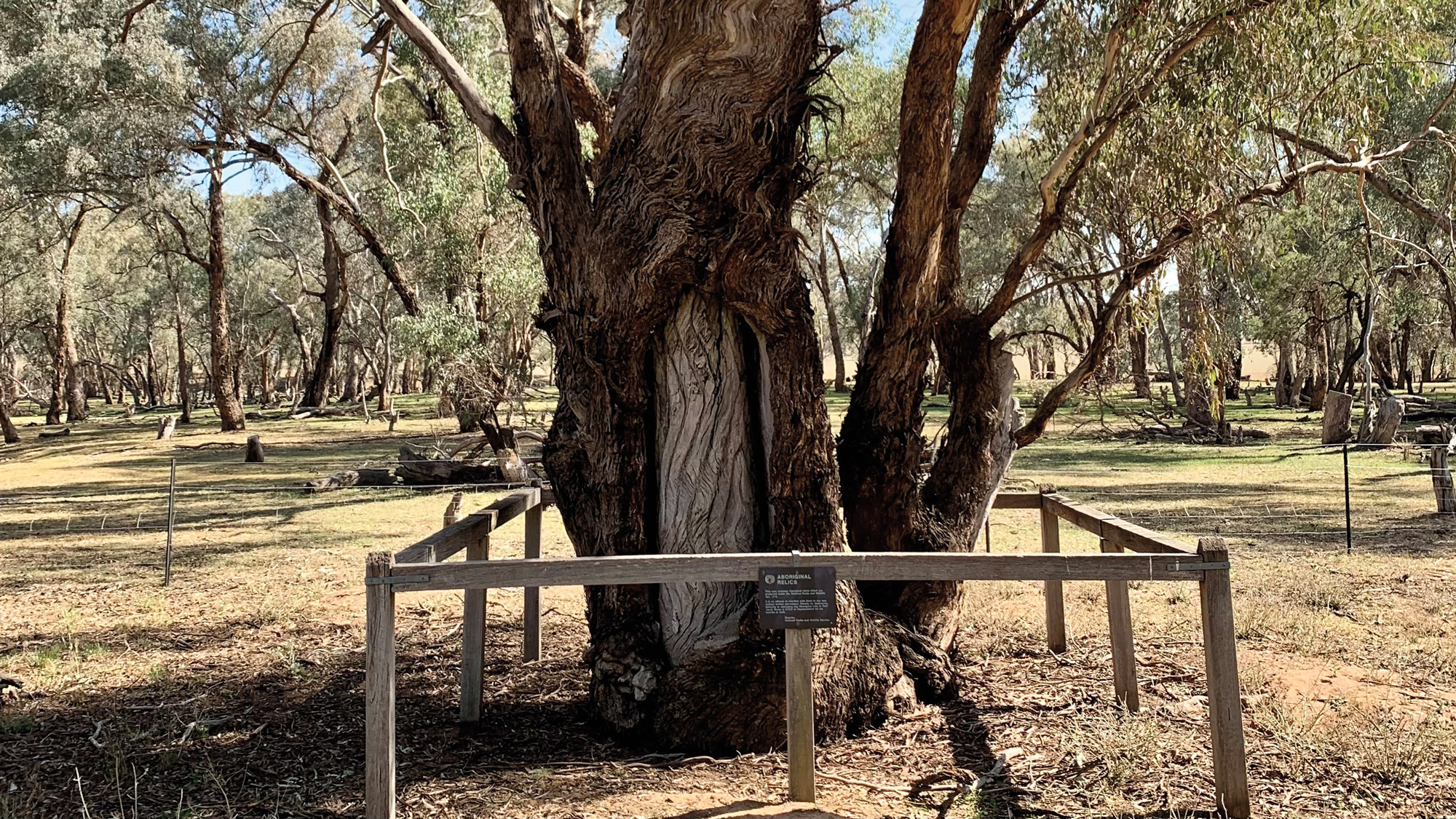
When they first opened a 2,000-year-old glass burial urn in 2019, archaeologists were astonished to find it filled to the brim with more than a gallon of reddish liquid. The urn, which was protected by lead casing and also contained the cremated remains of a man and a gold ring, was discovered in southwestern Spain in a mausoleum in Carmo (modern Carmona), an ancient Roman city in the province of Baetica. “Finding a funerary urn filled with liquid after two thousand years is incredible,” says José Rafael Ruiz Arrebola, an organic chemist at the University of Cordoba. He notes that the vessel appears to have remained airtight for millennia, possibly thanks to an as-yet-unknown substance found between the lid and the body of the urn.

Suspecting that the man’s remains might have been immersed in wine as part of a funeral ritual, a team led by Ruiz Arrebola analyzed the liquid. They found a range of indications that the ruddy fluid is indeed vino—albeit of a highly inferior vintage—making it the oldest known example of wine in liquid state. It contains seven biomarkers known as polyphenols found in both reds and whites, and the types of mineral salts present, and their concentrations, are comparable to those in varieties of sherry and fino, a very dry Spanish sherry, made in Baetica today. The team also detected a low level of ethanol, the alcohol in wine. But did the deceased prefer red, white, or rosé? The absence of syringic acid, which is produced when pigment in red wine decays, indicates that his remains were submerged in white wine. This accords with the writings of the first-century a.d. agronomist Columella, who notes in his multivolume treatise, On Agriculture, that excellent white wine was produced in the area. Ruiz Arrebola suggests that the liquid’s reddish color was likely caused by oxidation or residues leaching from the glass and the cremated bones.


